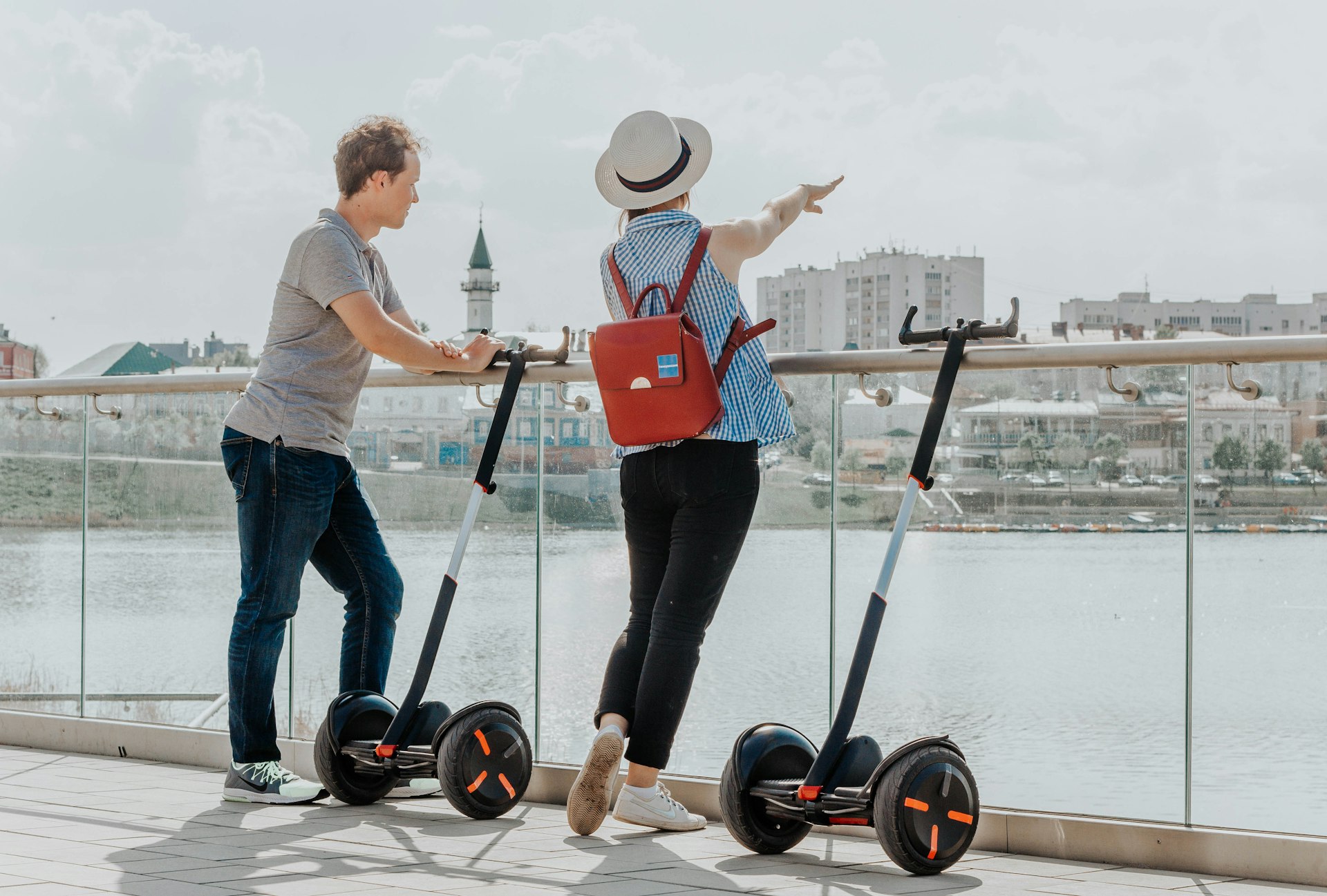How Virtual Influencers Are Revolutionizing Entertainment Marketing

Photo by Erin Song on Unsplash
Understanding Virtual Influencers in Entertainment Marketing
Virtual influencers are digital avatars or AI-driven personas designed to engage audiences on social media and digital platforms. Unlike traditional influencers, they are entirely computer-generated, allowing brands to maintain full creative control over their image, messaging, and activities. This level of control appeals to entertainment marketers seeking to deliver consistent, on-brand content and reach tech-savvy demographics. [5]
Key Benefits of Virtual Influencers for Entertainment Marketing
1. Enhanced Control and Consistency
Brands can dictate every aspect of a virtual influencer’s appearance, voice, values, and public persona. This eliminates risks associated with human influencers, such as off-brand behavior or PR scandals, and allows for seamless global campaigns regardless of time zones or personal schedules. [5]
2. Scalable Personalization and Engagement
AI-powered influencers can interact with thousands of fans simultaneously, delivering personalized messages, responding to comments, and participating in live chats. This creates a sense of authenticity and connection while remaining efficient and scalable for large entertainment campaigns. [1]
3. Immersive Storytelling and Interactive Campaigns
Virtual influencers can be integrated into gamified marketing strategies, augmented reality (AR) experiences, and interactive storylines. For example, a virtual influencer can “take” fans on digital adventures, showcase behind-the-scenes content, or host virtual meet-and-greets. Such campaigns can deepen emotional connections and encourage audience participation. [1]
Real-World Examples of Virtual Influencer Campaigns
Case Study: Lil Miquela
Lil Miquela, a virtual influencer with over 2.7 million Instagram followers, has collaborated with major brands like Dior, Calvin Klein, and BMW. These partnerships have enabled brands to reach younger, digitally native audiences while experimenting with new forms of digital storytelling. Lil Miquela’s campaigns blend music, fashion, and immersive content, making her a multi-platform entertainment figure. [3] [5]
Case Study: PUMA x Virtual Influencers
PUMA leveraged virtual influencers Maie and Kim Zulu for its Kosmo Rider sneaker campaign. Maie appeared in a music video highlighting digital identity, while Kim Zulu participated in futuristic photoshoots. This approach allowed PUMA to connect with Gen Z consumers and blend digital and physical worlds, showcasing how virtual influencers can amplify entertainment-driven marketing. [2]
Case Study: Cindy for Retail Entertainment
The virtual persona Cindy was launched across 13 U.S. shopping centers to drive both physical and digital engagement. Cindy’s activities included event hosting, digital scavenger hunts, and personalized shopping recommendations-demonstrating how virtual influencers can bridge online and offline entertainment experiences. [3]
How to Implement Virtual Influencers in Your Entertainment Marketing Strategy
Step 1: Define Your Campaign Objectives
Begin by clarifying your goals. Are you seeking to increase brand awareness, drive ticket sales, promote a new series, or build a fan community? Precise objectives will guide the design and personality of your virtual influencer and the types of content they create.

Photo by Yunming Wang on Unsplash
Step 2: Choose or Create a Virtual Influencer
You may partner with an existing virtual influencer or develop a custom avatar tailored to your brand. Platforms like Quso.ai offer AI tools for generating custom influencer avatars and producing scripted video content. You can sign up for these services directly on their platforms, input your creative brief, and generate content that aligns with your entertainment brand’s tone and objectives. [2]
Step 3: Design Engaging Content and Experiences
Plan a content calendar that includes a mix of posts, stories, live streams, AR experiences, and interactive campaigns. Consider integrating the virtual influencer into existing entertainment properties or launching exclusive digital events, such as virtual premieres, behind-the-scenes tours, or gamified contests.
Step 4: Launch and Optimize
Roll out your campaign across relevant platforms (Instagram, TikTok, YouTube, or your own digital channels). Monitor engagement metrics, audience feedback, and conversion rates. Use AI analytics to refine your strategy, personalizing interactions and content based on audience data and campaign performance.
Potential Challenges and Solutions
Authenticity Concerns
Some consumers may be skeptical of virtual personas, perceiving them as less genuine than human influencers. To address this, entertainment marketers should ensure transparency about the influencer’s virtual nature and focus on storytelling that prioritizes emotional resonance and meaningful engagement. [1]
Technical and Creative Complexity
Developing and running a virtual influencer campaign requires technical expertise in animation, AI, and social media management. Brands may need to collaborate with specialized agencies or technology partners to ensure high-quality execution. Alternatively, using established platforms with user-friendly tools can simplify the process for smaller teams or budgets.
Alternative Approaches and Future Trends
Entertainment marketers can combine virtual influencers with human talent, creating collaborative campaigns that leverage the strengths of both. For example, Coach’s “Find Your Courage” campaign featured both celebrities and virtual influencers, maximizing reach and blending real-world and digital engagement. [3]
Looking ahead, the integration of virtual influencers with AI-driven personalization, AR/VR experiences, and the Metaverse will continue to expand. Entertainment brands that experiment with these technologies can differentiate themselves and foster deeper connections with digital-first audiences.
How to Access Virtual Influencer Services
If you wish to explore virtual influencer campaigns for your entertainment brand, consider the following steps:
- Research specialized agencies or technology providers with a proven track record in virtual influencer development. Look for case studies and client testimonials on their official websites.
- For DIY options, platforms like Quso.ai may offer direct access to AI influencer creation tools. Sign up on their website, follow their onboarding process, and start experimenting with scripts and video generation features. [2]
- If you are interested in partnering with established virtual influencers (like Lil Miquela or Imma), reach out through their management agencies or official contact information, typically listed on their verified social media profiles or websites.
- To stay updated on trends, regularly follow reputable marketing and entertainment industry publications, and participate in webinars, conferences, or online courses focused on digital innovation in marketing.
Key Takeaways
Virtual influencers are reshaping entertainment marketing by offering brands new storytelling tools, scalable engagement, and immersive digital experiences. By understanding the benefits, challenges, and practical steps to implementation, marketers can unlock innovative pathways for audience connection and brand growth in the digital age.
References
MORE FROM feelmydeal.com













